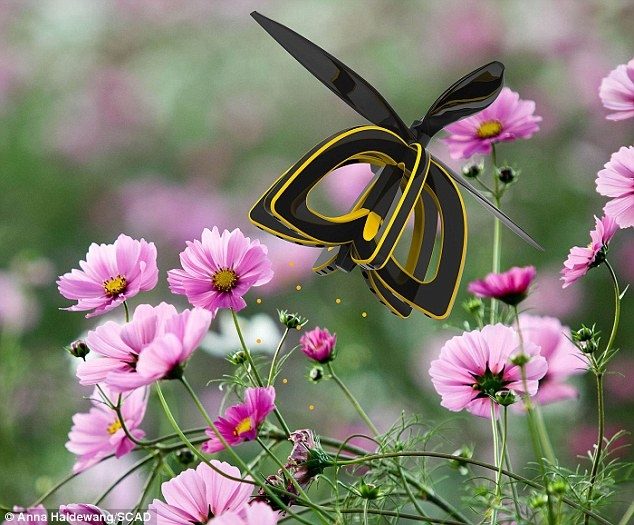Future Farming: nanobots, 3D printing and bio-sensing tattoos
In the second of our series on technology in agriculture, we talk to Dale Kirby about nanotechnology, 3D printing, tattoos with biological monitoring properties and robotic bees.

The application of super futuristic technologies in farming is mind blowing. From nano-robots to 3D machinery parts, these bizarre lab projects are not that far off. In the next five years these concepts will start becoming much more common place.
Let’s start with nanotech - the manipulation of individual atoms and molecules to engineer pretty much anything. Things like nanocoatings applied to tanks, pipes and sheds to regulate temperature or solar coatings painted on buildings to capture energy. Hydrogels and nanoclays to enhance the water-holding capacity of soil, acting as a slow release source of water. There could even be nanosensors for measurement of soil parameters, detection of pathogens and prediction of nitrogen uptake. What about honey bee robots with carbon fibre bodies and titanium wings to pollinate an orchard or crop field?
Dale Kirby, Local Land Services advisory services team leader has been following the development of nanotechnologies and their applications in agriculture.
“With nanotechnology you can, effectively, genetically engineer anything you want,” he says.
“Some areas of nanotechnology are really bizarre, like the ability to genetically alter or to produce a site-specific treatment for a plant disease.”
Another area that has really caught his interest is 3D printing. “There will come a time when you can be out the back of Bourke somewhere and print a part to fix machinery or engines,” he says.
Genetic marker technology is also gaining momentum, involving tattoos on animals containing bio-sensors that can detect a change in body temperature by half a degree, communicating when the animal might be stressed or cycling or pregnant. The bio-ink detects metabolic changes and resulting shifts in the blood chemistry, causing the tattoo to show up in coded colours. This gives a visual indication of things that can normally only be detected invasively, or not at all.
“It just means that decisions are made so much easier,” Dale says.
“You can be monitoring stock all the time to make sure they’re not stressed, capture all that data really easily and then demonstrate to your customer so that they have confidence that you’re doing the right thing.”
Photo credit: Anna Haldewang
in Latest News
Share this post
Posts this year
- October 2024 (1)
- September 2024 (1)
- August 2024 (1)
- November 2023 (1)
- June 2023 (1)
- February 2023 (2)
- November 2022 (1)
- October 2022 (1)
- July 2022 (2)
- June 2022 (1)
Archived Posts
- Posts in 2023
- Posts in 2022
- Posts in 2021
- Posts in 2020
- Posts in 2019
- Posts in 2018
- Posts in 2017
- Posts in 2016